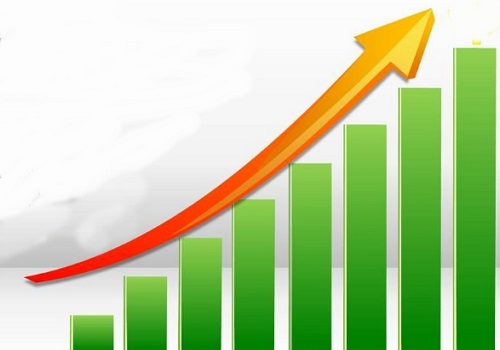
India’s economic growth is expected to rebound to 7 per cent in 2025-26, despite the global uncertainties, primarily due to domestic policies, according to an Axis Bank research report released on Wednesday.
The report states that a cyclical rebound will push India back to a higher growth path.
“The loss in momentum during the first half of 2024-25 for the Indian economy, in our view, is cyclical, and due to unintended fiscal and monetary tightening; the latter due to a focus on macro stability risks which hurt credit growth. Fiscal spending is already rising and the CRR cut by the RBI should ease growth headwinds due to shortage of money,” the report points out.
The report is of the view that India’s domestic political stability will push up the growth rate despite the turbulent global economic environment.
“We maintain that potential growth is 7 per cent, with capital formation boosted by the restart of the capex cycle. We forecast an above-consensus 7 per cent growth in FY26, with the tailwinds from back-ended fiscal spending in FY25, and some further macro-prudential easing to help re-accelerate credit growth,” the report states.
As far as the global situation is concerned, the report states: “While current global growth forecasts show stability, possible policy shifts in the US starting 20th January cloud visibility. Uncertainty in global trade and financial markets may remain elevated; we also expect higher global rates and USD-INR volatility but USD strength is not expected to last the year,” the report observes.
Global growth in CY25 is currently projected to be unchanged from CY24 at 3.2 per cent, which is 30-40 basis points below pre-Covid levels. Under the new US President, with a mandate to course-correct or disrupt trade, taxes, regulations, immigration and energy among others, possible policy pronouncements after January 20 cloud visibility, as outcomes remain uncertain, the report states.
Trade tariffs may be ineffective in isolation (fiscal deficits, FX, and industrial policy matter too), but can disrupt, as nearly all trade growth post-2016 has been US (imports) and China-driven exports. In India, a nearly empty state election calendar provides a window to push reforms, the report observes.
Neutral rates have risen by one percentage point across developed economies and may remain well above those seen last decade (more US tax cuts likely; rising supply of longer-term paper).
